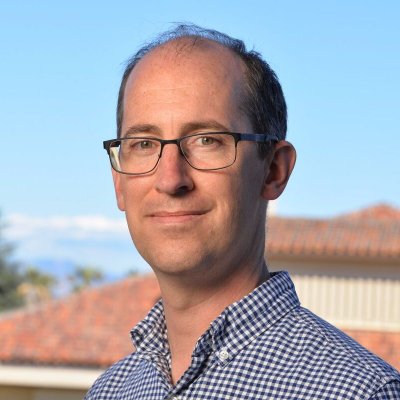
- This event has passed.
Symmetry breaking and self-organization in living cells – Alexander Dunn

Speaker
Alexander Dunn
Associate Professor
Department of Chemical Engineering
Stanford University
Abstract
Living cells are the quintessential smart materials, whose ability to move, change shape, and assemble into complex, multicellular organisms ultimately stems from the molecular-scale interactions of their constituent protein components. How exactly nanoscale protein-protein interactions dictate the complex material and functional properties of cells and tissues remains incompletely understood. In this talk I will discuss how symmetry-breaking events involving cellular adhesion and cytoskeletal proteins can potentially yield long-range structural organization in muscle and other tissues. In addition, I will describe how the machinery that powers movement in the unicellular human parasite Toxoplasma can be understood using approaches adapted from active matter theory. In combination, these and other, evolving projects in the laboratory point toward an emerging understanding of how different forms of molecular-scale self-organization may govern the emergence of structure and order in cells and tissues.
Host
Rodrigo Fernandez-Gonzalez